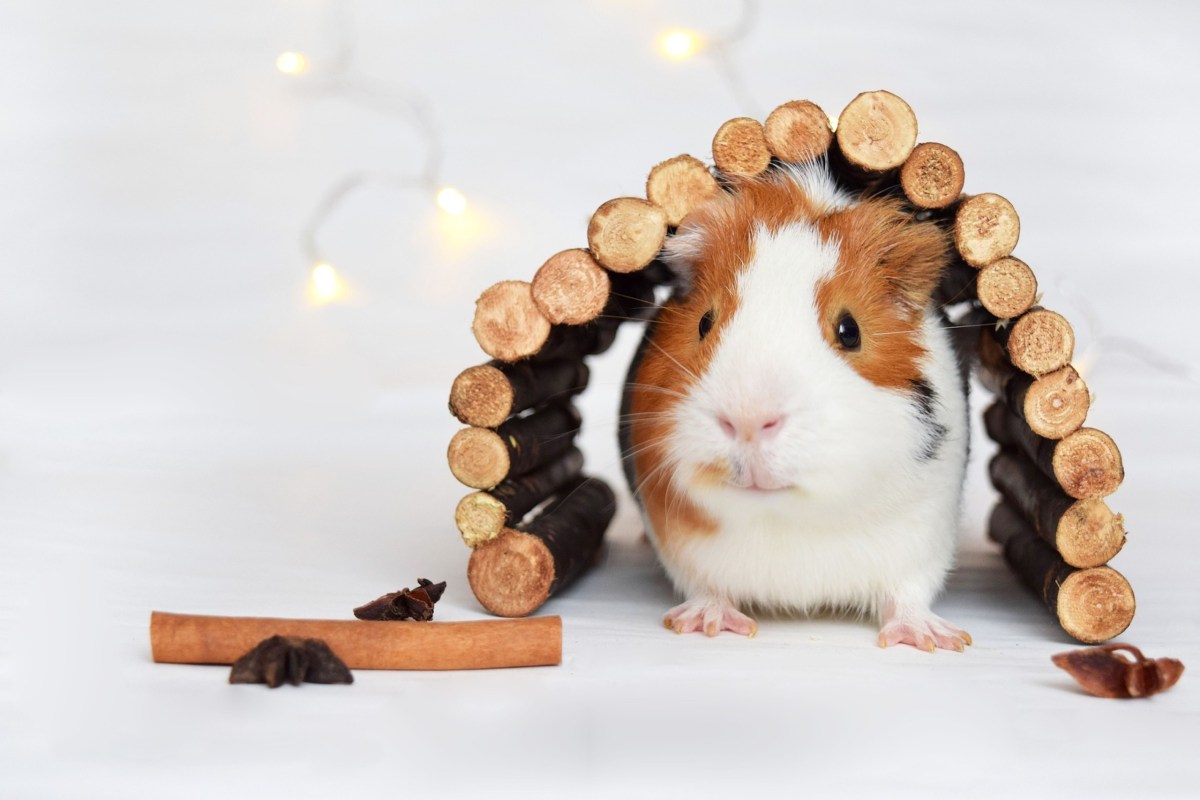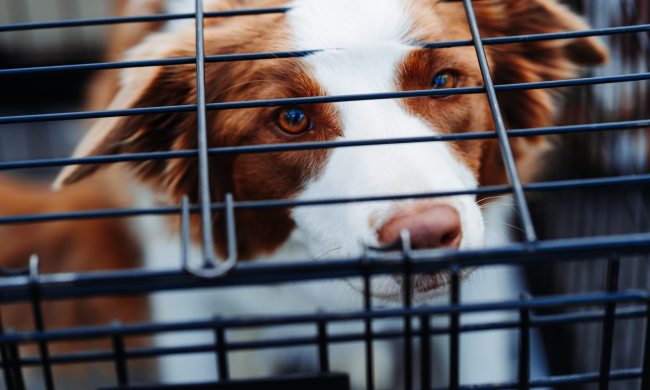Can you train a guinea pig? Experts say yes! Although the process won’t look quite like teaching a dog or cat how to fetch, a lot of the underlying principles remain unchanged: Reward is key. By positively reinforcing the behaviors you’re looking for, you can help your pet begin to learn what to do. Still, it’s not always this easy.
No two pets handle training exactly the same way, so you can never truly know what to expect before you begin. Luckily, there are a few things you can keep in mind to help make training your guinea pig a little easier. Here are six tips to help you learn how to teach your guinea pig tricks, habits, and more.
1. Patience is a virtue
When training guinea pigs, you’ll need to be patient. It’s important to remember that no two animals are the same, and even two pets from the same litter can have vastly different responses to instruction. Generally speaking, guinea pigs aren’t as intelligent as rats, but with regular training, they have the potential to learn almost just as much as any other pet (via Purdue). Still, don’t be frustrated with your pet if they don’t catch on — not every animal will!

2. Bond first, train later
Before you begin your lessons, it’s a good idea to make sure your pet is comfortable with you and with their environment. Dakota Hills Veterinary Clinic points out that guinea pigs who are frightened will probably not respond well to training. Instead, make sure your buddy is comfy and secure by focusing on the relationship between you two. Bonding in a secure, enclosed environment will help them feel safe and focus on you.
In general, guinea pigs don’t mind being handled, though they’ll need to be supported correctly to avoid injury. To hold your pet correctly, use one hand beneath their chest and abdomen, and the other under their rear to support their weight (via Hallam Veterinary Care). Some guinea pigs are also comforted by some kind of swaddle, whether they’re wrapped in a blanket or held close to your chest.
3. Use their name to teach them to come to you
Although guinea pigs can’t do tricks in the same way dogs and cats can (these little guys aren’t flexible), they can certainly be trained to come to you when called. To begin, you’ll want to lay out a trail of treats that lead to you. If your pet follows the trail to you, reward them with one last treat while you tell them their name (via Omlet). By doing this daily, your guinea pig may begin to associate their name with coming to you — and getting treats! Before long, they won’t need a treat trail, or even a treat from you at the end, to respond to their name.
4. They’ll sit up for a treat
Just like other pets, guinea pigs can sit up and support themselves on their hind legs. Although they’ll probably do this on their own every now and again, you can coax them to sit up and beg by holding a treat above them until they reach up for it. Using a verbal cue like “sit up” when they reach for the treat will help them associate the action with the reward, so soon they’ll know what to do with only the words!
5. Use only positive reinforcement
When teaching your guinea pig new behaviors, never scold or raise your voice. If your pet doesn’t seem to be catching on, try not to stress — take a break and try again later. You’ll have the best chance of showing your pet what you want them to do by rewarding them immediately once you see them perform the desired behavior (via Chewy). If they get it wrong, just ignore it. Never punish them! A stressed-out guinea pig won’t respond well to training anyway, so punishment won’t get you anywhere.
6. You can train them to use a litter box
Well, maybe! A lot of guinea pigs successfully learn to use a litter box, but some are inconsistent or simply don’t learn — every pet is different. Still, this can be a helpful skill for your guinea pig to have, even if they only sometimes remember. Cleaner is cleaner, right?
To help your guinea pig learn to use a litter box, mix fresh and used bedding inside the box to make the smell familiar. Place the box inside the enclosure wherever your guinea pig tends to relieve themselves. Whenever you notice your pet using the litter box, reward them immediately! If your pet hasn’t quite gotten it yet, you can also move any existing droppings inside the box to help them get the idea. However, make sure not to use cat litter, as it can be harmful to guinea pigs’ health.
Did you know guinea pigs could be trained to do so much? They’re certainly talented little rodents, despite their pudgy shape and slower speed — which just makes them that much cuter! Of course, a lot of the success of training pets depends equally on the dedication of the owner. With a little practice, you and your pet will fall into a routine that works for you both, and before you know it, training will become yet another way to bond.




